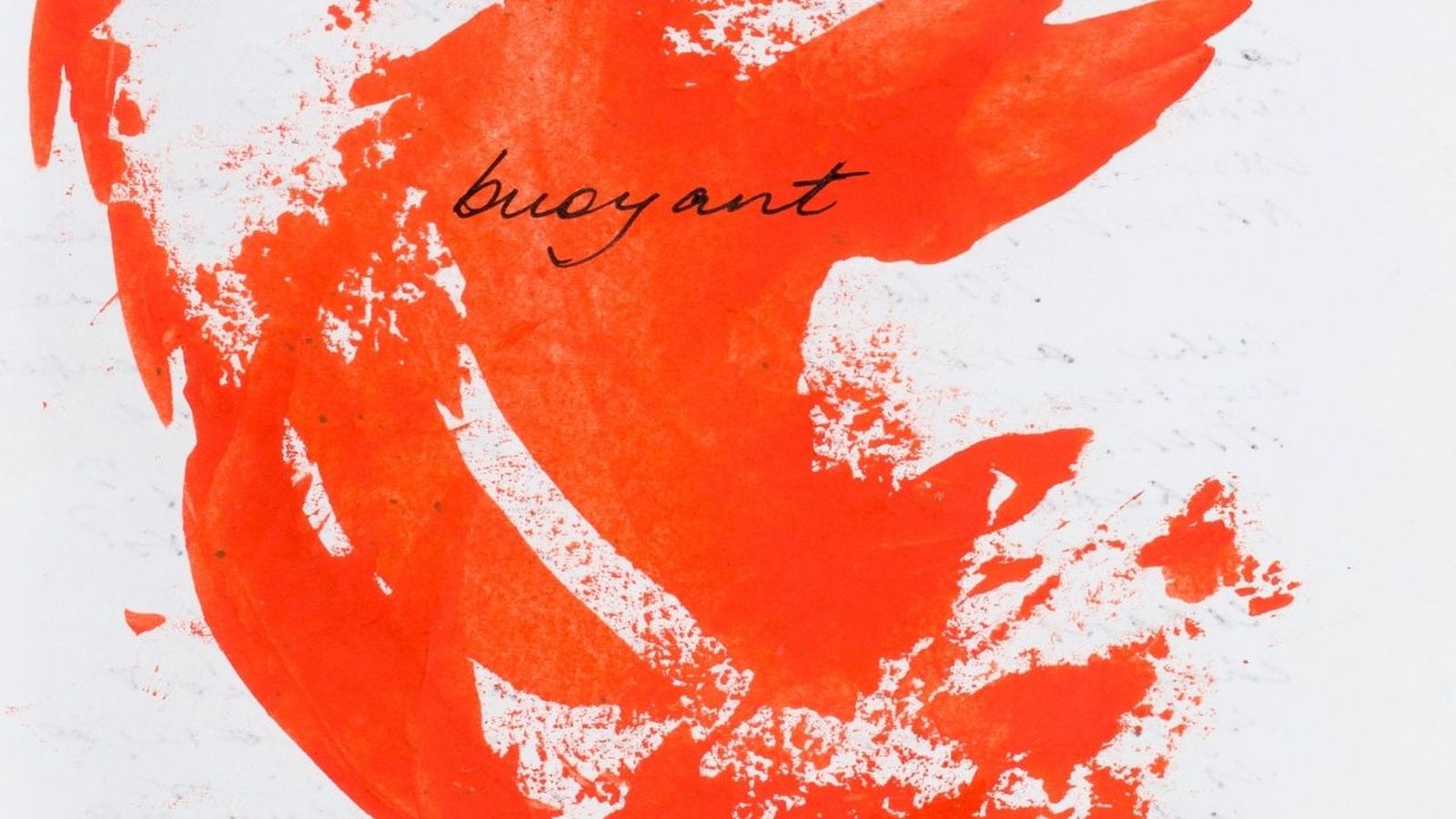Dianne Beevers

Dianne Beevers
Dianne Beevers is a Newcastle based designer and maker. The pandemic for Dianne is a wake-up call to realise significant outcomes while attending to stockpiles of projects. The journal is an intensive response to the pandemic – a Rosetta Stone. Using layers of folding and collaged images as the “signature preoccupation”, Dianne presents a sequential development of her primary, creative life with a flamboyant palette.
“Day 51. NSW allowed to dine out. And we did our favourite Indian curry house. Still there. And so are we.”
We asked Dianne three questions about her experience of isolation, completing this journal and her hope for the future. These are her responses:
Describe the experience of the period of isolation for you.
For a person who enjoys solitude + the pleasures of an interior life, ISOLATION per se has not presented issues, so much as an opportunity to pursue my stockpiles of projects and materials, in an accelerated program, secluded in my home studio. However, the recognition of potential death by Covid signified a driver to use this time well, to realise significant outcomes during this period. The Design Isolate Journal Project has been valuable in this process, providing a medium to retain focus and momentum. Meanwhile, with advanced, contemporary communications, isolation was entirely qualified by virtue of contemporary technologies, as witnessed by the speed with which institutions accelerated their own responses, to engage with remote audiences. It has been an intensely interesting time and I have felt it has been a time of abundance, despite restraints, especially enabled by online engagements. That said, I did not experience the challenges and constraints of young families, home schooling, and challenging employment situations. Located in a regional city in New South Wales, on the coast, rather than our former Melbourne CBD location represented entirely different experiences.
What does your book represent and how did you approach the challenge?
The blank book supplied for the project was such a generous gesture, providing a common platform for the cohort of participating artists. Representing a positive space to invest with my responses to Covid-19, the journal continued a constant familiar partnering to my life.
As an object, the journal anticipated a sequential development sustained through multiple and consistent formats, of double-sided blank paper. My rapid immersion quickly meant devising strategies to amplify the terrain, to support my continuing responses, beyond the first days.
FOLDING became a signature preoccupation, generating discreet areas which allowed smaller formats for smaller commentaries, and expanded the journal towards a more three-dimensional object, by virtue of the folded elements which also invited a more immersive engagement. Introducing painted COLOUR, supported new spaces, enriching the journal, although opaque paint meant obscuring earlier texts, losing legibility in the process, and a consequent weighing up the relative significance of lost texts. My journal, which began so text laden, became progressively more image based, something I did not anticipate.
COLLAGING images of my works executed in tandem with the journal, satisfied my need to represent image + text in the document. Emerging spontaneously, rather than planned from the outset, the evolution of my journal became a document representing my primary, creative life, in the process of fusing combined reflections on past practice + still living preoccupations, together with the generation of entirely new works. New developments emerged from considerations of the representation of designers + design practice in our culture, prompting a return to painting. These speculative works triggered new wearable objects directly aligned with the materiality of paintings, and in turn, provided the last inclusions in the journal, earrings, rather like punctuation marks.
One thought sequence in particular stands out for me in the journal, that the new Post-Covid era will usher in a new design era, yet the style and works will not necessarily change abruptly. Designers are still engaged with recent work, and indeed past work will seep like ink or paint, onto a page from an earlier entry.
What do you hope will change in Australia as a result of the pandemic?
Our collective experience of the pandemic, while it may vary according to geography, demographic and economic situation, nevertheless, represents a shared experience, heightened by the common denominator of our immersive media coverage, at every turn. The Pandemic has engaged us totally, and been a constant feature on our devices, over multiple platforms. Larger than our individual experience, the Pandemic has united us, much as a war does, and it offers a common platform to progress society beyond our usual cohorts, developing more empathy, generosity and engagement as a society. The media has significantly enlarged our capacity, by presenting more and greater exposure to articulate professionals, beyond the usual media and political stereotypes. We have gained the opportunity to rest and recover, reflect and reorient towards a potentially better future. I suspect Australian society has experienced a deep and meaningful REVISION. Covid-19 has certainly introduced a defining epoch in history. This will quickly become apparent, evidenced in the cultural arena, because we creatives welcome and articulate change, generate and accelerate new norms.
Dianne Beevers is a designer maker of wearable objects, sculpture, speculative furniture designs + public art works. Newcastle based, her Melbourne decades saw her enter the design realm via teaching, then qualifying in Furniture Design + Art in Public Space (Masters, RMIT, 2005).
Furniture Design: ISSI Sensational Screens Award with Scott McFadden, Danish Design Masterclass. Public Art commissions with Andrea Tomaselli included City of Melbourne’s Piazza Italia for Lygon Street, Carlton (2006) to mark Melbourne’s Sister City Relationship with Milano. 2019 Australian Design Award - a jewellery related sculpture leading to 2020 Object Space exhibition How to Cook a Knife.
View Dianne Beevers' journal here:
Image: Dianne Beevers, Design/Isolate Journal (detail), 2020.
